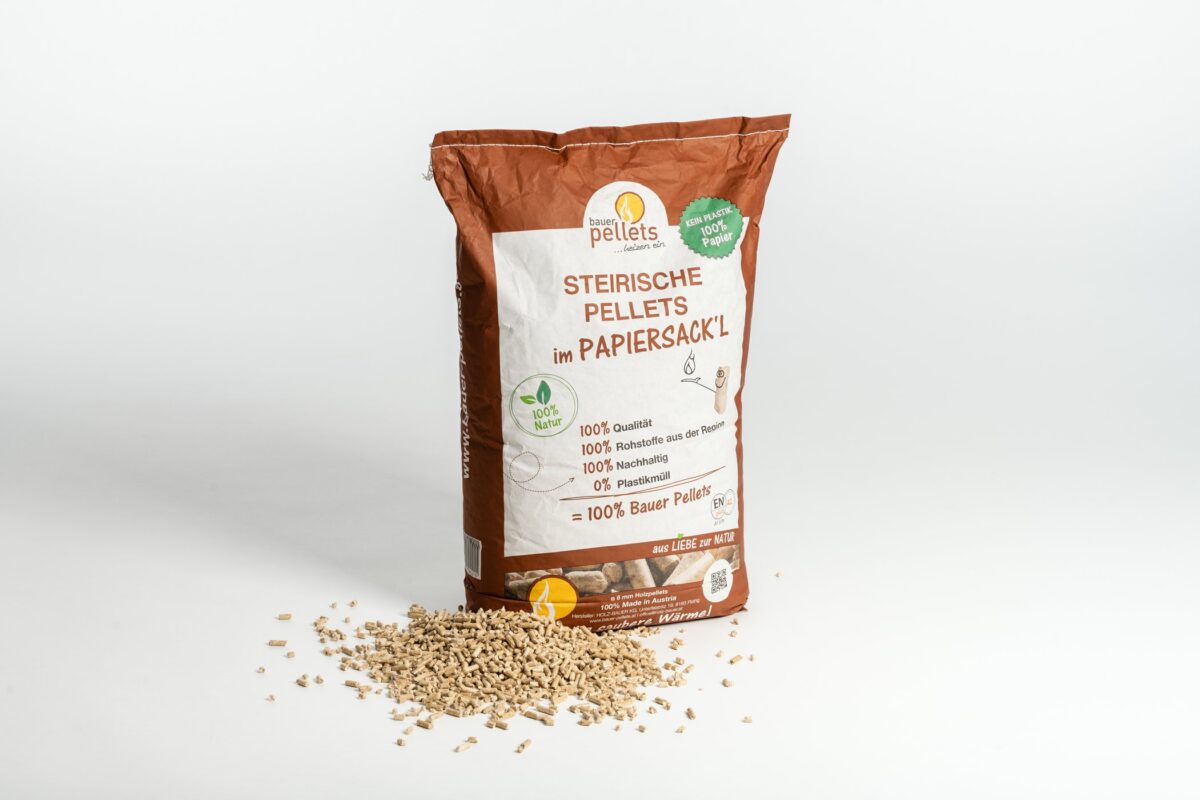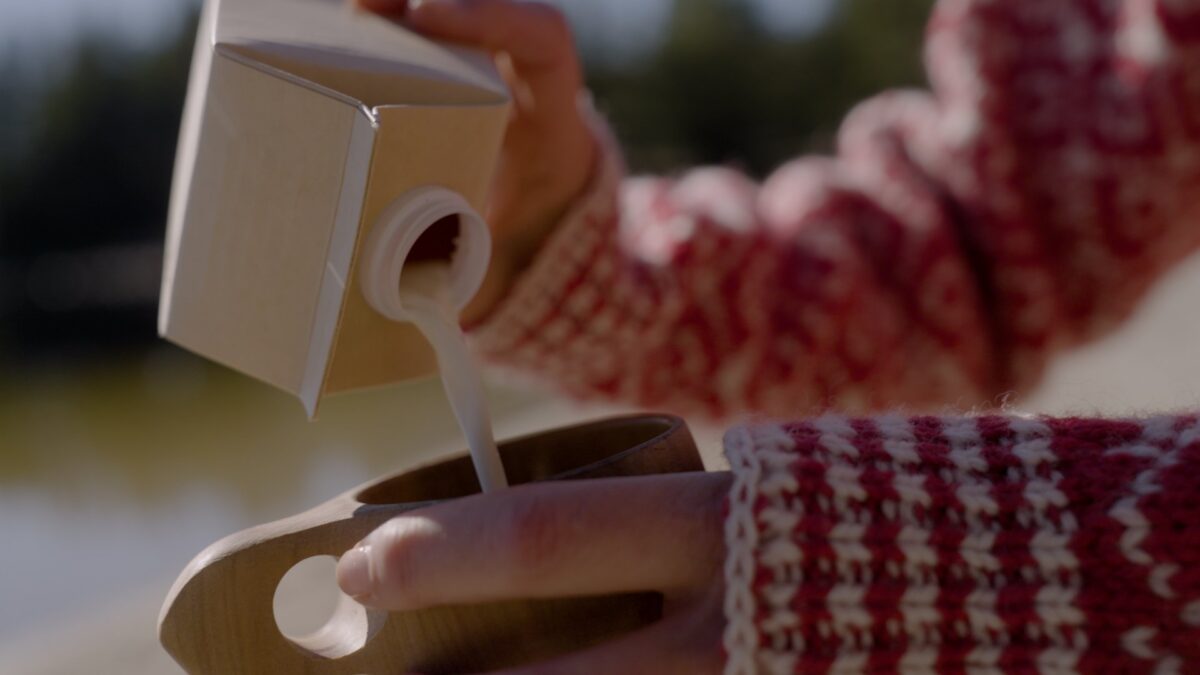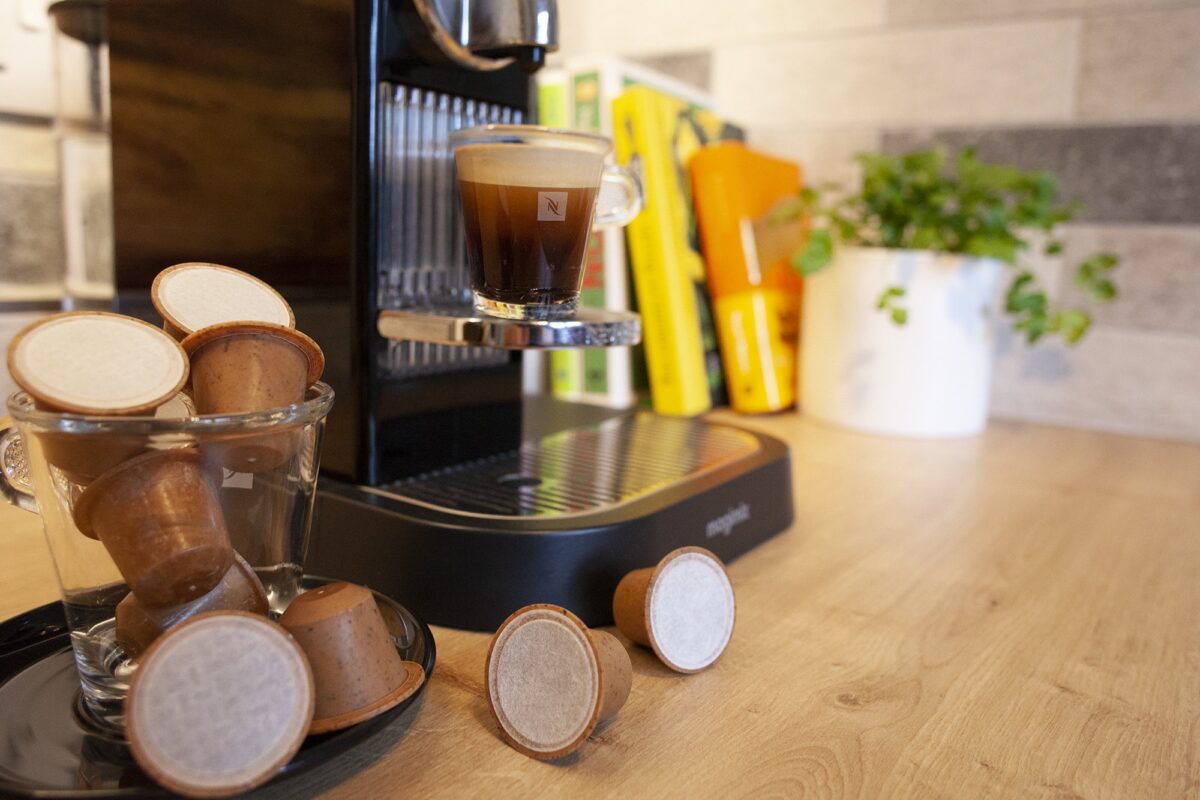Day: May 29, 2023
Digital Inkjet Printing Powers Packaging Personalization, Possibilities
Thermal-inkjet technology aka TIJ enables one-of-a-kind, on-demand customization including consumer-engaging personalization for brands across the packaging spectrum. Digital printing is opening new customization options for brands through unique designs, personalized messages, and variable data printing for exciting and, literally, one-of-a-kind packaged products. In short, the power of print-on-demand enables a brand’s packaging to stand out…
Horse Food Packaging Redesigns to Corral Consumers
Standlee’s updated horse food packaging design conveys a premium experience and optimized nutritional wellness with bold new graphics and a clean, timeless look. Standlee, an Idaho-based animal wellness company, debuted bold new packaging for its premium forage horse food. The graphics redesign that better communicates its products’ nutritional wellness in bright, vivid color. Since 1981,…
Growing Thirst for Bottled Water in the US
Bottled water reaches new peaks in revenue and volume: 15.9 billion total gallons sold in 2022 was the highest ever as sales approached $46 billion. Americans are drinking more than ever, at least for the most basic of packaged liquids, bottled water. In fact, when it comes to hydration, US consumers would rather reach for…
Holz-Bauer and Mondi introduce PelletBag
replacing plastic with paper Mondi, a global leader in sustainable packaging and paper, has created new paper bags for Holz-Bauer’s wooden pellets replacing unnecessary plastic. Mondi’s PelletBags are created from 2-ply Mondi kraft paper which is produced, printed and converted in-house before being sent to Holz-Bauer for filling and closing, using its secure sewing method…
Elopak promotes new film making the case for cartons
Elopak has unveiled a new film examining the role of beverage cartons in providing a more sustainable future for the packaging industry. The film has been made for Elopak as part of a series presented by FoodDrinkEurope and produced by BBC Storyworks Commercial Productions called Food for Thought. The series highlights sustainable innovations in the food and…
Plant Based Coffee Capsules Certified Compostable
Solinatra has been leading the way with truly sustainable materials, and we are pleased to announce our compostability certification from TÜV Austria. Coffee capsules made of Solinatra have been awarded “OK compost Industrial” by TÜV Austria CERT GmbH, confirming that the 100% natural, plant-based capsules are the eco-friendlier choice. Solinatra CEO, Robert de…





